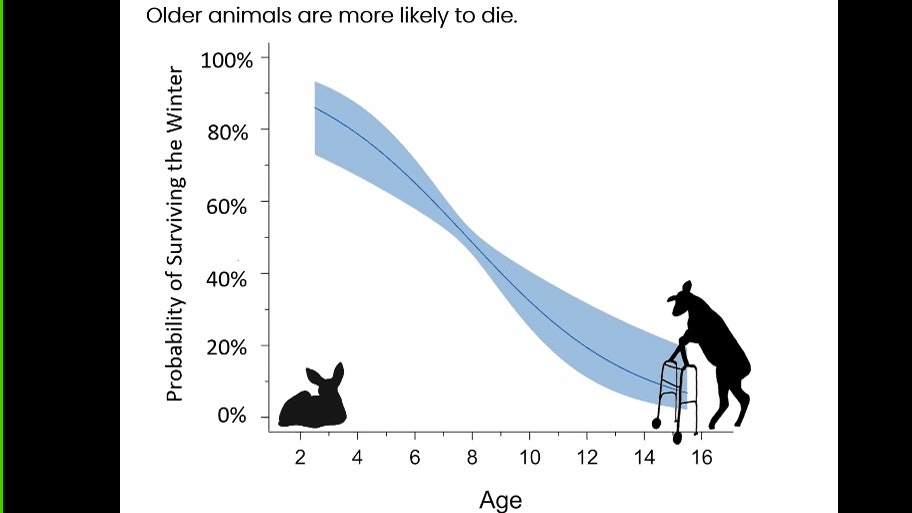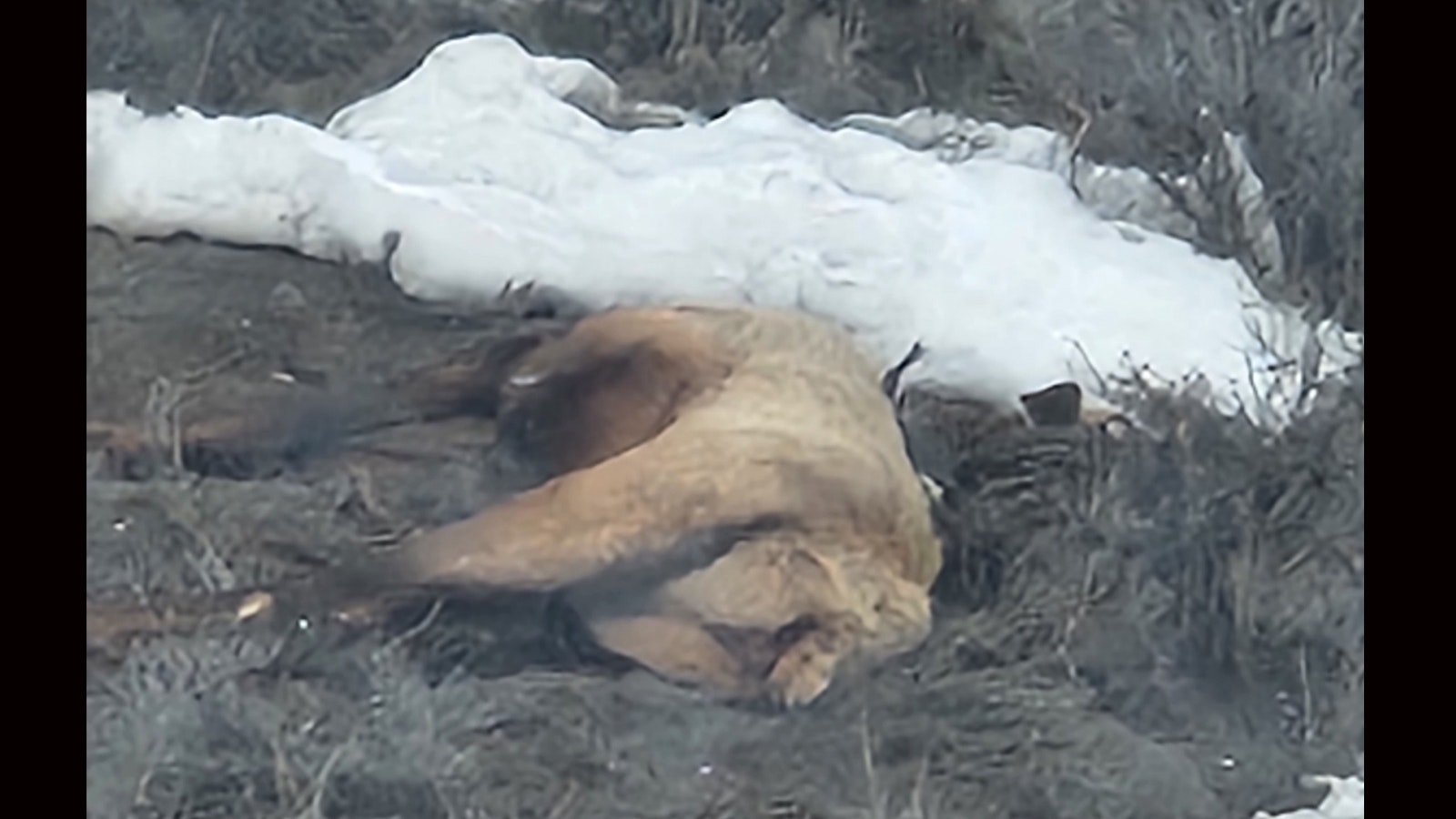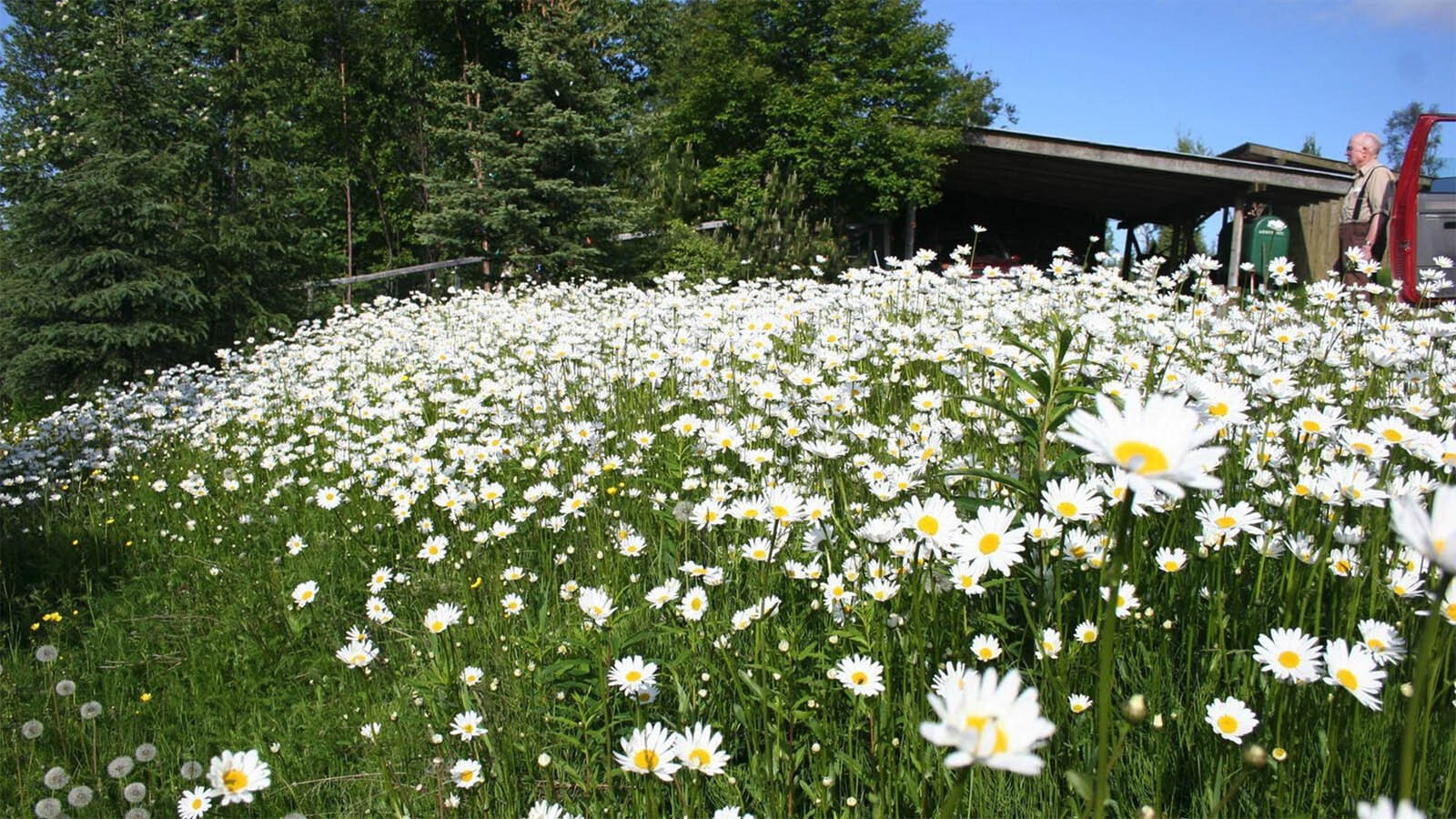By any measure, this winter is catastrophic in terms of wildlife death across much of Wyoming, hunters, ranchers and game managers said.
"It's a daily occurrence of death," said Billy Burton, who runs large ranches in central Wyoming.
He spoke Tuesday afternoon during a virtual town hall meeting called by Gov. Mark Gordon regarding this year's staggering winter kill. Burton said he's already watched countless antelope and deer freeze and starve to death on his land and the adjacent habitat.
And now, even elk and mustangs are starting to succumb to a winter he said is unlike any he's seen before.
"I can tell you right now, watching the snowfall is almost to the point where it's giving me PTSD," he said. "And it's still falling.
'We Have No Idea How Many Animals Are Dead Out There'
Gordon planned to host the meeting in Rawlins. But in a darkly ironic twist, it had to be moved completely online because yet another massive snowstorm had shut down many of Wyoming's highways by early Tuesday.
It was the second meeting that Gordon and Wyoming Game and Fish Department Director Brian Nesvik called to discuss winter kill. A previous meeting was hosted in Pinedale, and also online.
During Tuesday's online meeting, Carbon County Commissioner and rancher John Espy also gave a grim assessment of what he's seen.
"We haven't seen that sort of snow depth or longevity of the snow since '84," he said. "When elk start falling over, we know we're in bad shape."

Elk typically fare better during a hard winter than deer and antelope. Their digestive systems can handle a wider variety of foods than the other species, and their larger size allows them to break deeper through the snow to find buried forage.
Outdoorsman Joshua Herrera of Rawlins, who works in the gas fields near Wamsutter, said that what he's seen doesn't give him much hope for this fall's hunting season.
"We have no idea how many animals are dead out there because so little of the snow has melted. I've never seen anything like it in 10 years of working out there," he said.
Like others at the meeting, he said some limited quota hunting tags might have to be limited. And added he's worried that could end up driving more hunters into general tag hunt areas in parts of the state that have escaped the worst of this winter.
Time To End General Tag Hunts?
Limited quota, or "draw" tags must be applied for months in advance, and hunters aren't guaranteed to draw tags for the hunt areas they applied for. In general hunt areas, tags can simply be purchased over-the-counter at any time.
Some questioned whether general tag hunting should continue, or whether Wyoming's big game herds might be better conserved, and better able to survive terrible winters, if every hunt area in the state was switched to a limited quota/draw-tag only system.
Gordon and the Wyoming Game and Fish Commission have the authority to make some "emergency" changes, Nesvik said. Some of those could include adjusting draw tag quotas, shortening the hunting season, or even shutting seasons down in some areas.
However switching the entire state over to draw-tag only would be a lengthier and more complicated process, he said.
Espy said that in areas where draw tags have to be cut back so far that only "landowner tags" are available to property owners like him, then the Game and Fish should just consider shutting seasons down entirely.
It wouldnt be fair or good for the agency's reputation if it seemed landowners were being favored, he said.
"People will think, Well, John Espy can go hunt, but I can't go hunt because Game and Fish didn't issue enough licenses,'" he said.
'Inverted' Snowpack
What's making this winter particularly bad for wildlife isn't just the sheer amount of snow, but where it's been falling, Wyoming state Sen. Larry Hicks, R-Baggs said during a presentation that opened the meeting.
The snowpack is "inverted" in many parts of south central and central Wyoming, he said. Meaning, some of the heaviest snowfall is in lower areas under 6,000 feet in elevation where the big game winter range is.
There isn't much official measurement of snowpack below 7,000 feet. Many of the higher-elevation stations are recording up to twice the normal snowpack, Hicks said. So, it can only be guessed how far above normal snowpack is down on the winter range.
Snowfall also started earlier than usual last fall, Hicks said. And melt-off has been delayed. During a normal year, many south-facing slopes start to melt off completely by March 25. But this year, those areas are still getting fresh snow.
That deep, hard-packed snow on the winter range has left many animals trapped and starving, he said. In some areas south of Baggs, what melt-off there has been has revealed bunched-up carcasses of deer and antelope that died under juniper trees.
"These are the trees that these animals spent January and February under, and died under because thats the last place they had to get out of the 20-30 degrees below zero temperatures and three feet of snow," Hicks said.

Being Young and Fat Helps
During a presentation about the Wind River Mule Deer Herd, Wildlife biologist Kevin Monteith, said younger, fatter deer have better odds of surviving. He's the director of the Haub School of Environmental and Natural Resources at the University of Wyoming.
The Wind River herd went though a tough winter in 2016-2017, and many of the deer didn't have good fat reserves that year, and so they died, he said.
However, that left "fewer mouths on the landscape," so the survivors were able to go into this winter fatter, or packing an average of about 12 percent body fat.
"Prime age" adult deer retain fat better than older deer, he added, so they will be more likely to survive this winter.
Asked about antelope, Monteith said they do not retain as much fat as deer.
Instead, they typically rely upon the ability to move around and forage at lower elevations. That's why being trapped in place by deep, hardened snow on the winter range has been so deadly for antelope this year.





